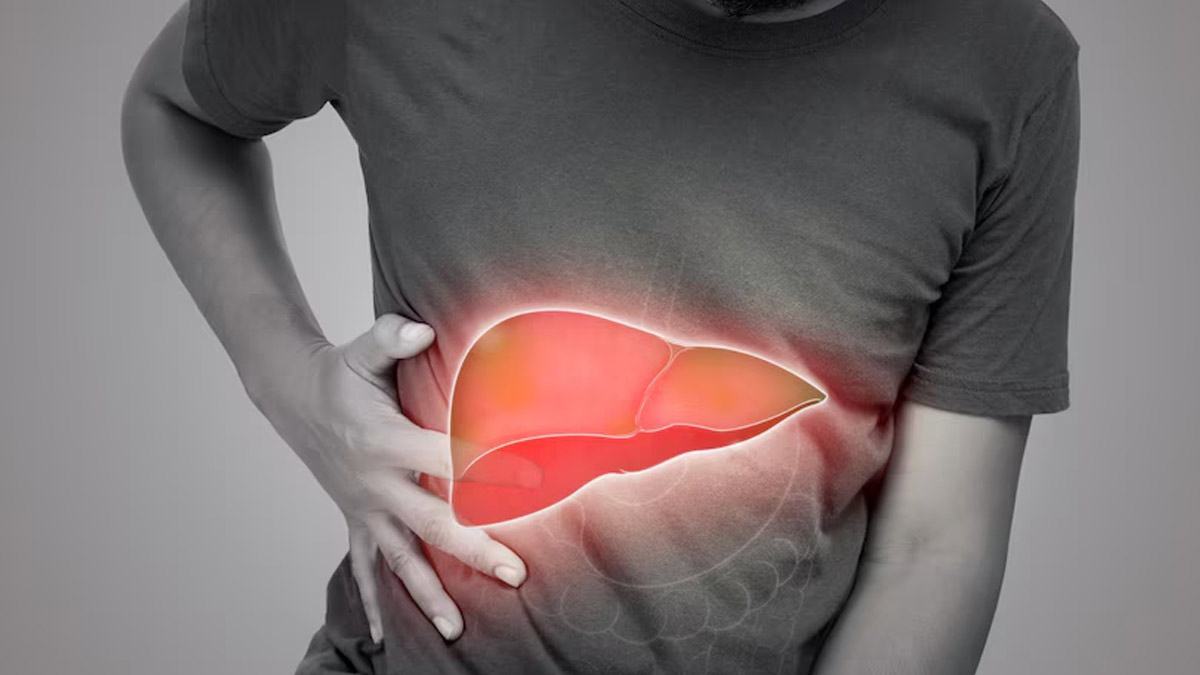
Liver diseases, particularly fatty liver, are growing rapidly among adults. Liver is the powerhouse which bears major functions of our body. From processing everything that we eat to supplying energy to our body, the liver holds the responsibility of major body functions. It also filters out unwanted toxins from the body. If your liver does not function properly, it can be a sign of one of the liver diseases. But how can you understand if your liver is healthy or not?
Table of Content:-
To know how to identify if your liver is unhealthy, OnlyMyHealth interacted with Dr Mayank Nautiyal, Consultant and HOD - Liver Transplant & Biliary Sciences, Max Super Speciality Hospital, Dehradun.
Many factors like obesity, unhealthy lifestyle, liquor consumption can lead to liver diseases. A study by AIIMS states that nearly 38 percent of the Indian population suffers from fatty liver disease. Here are some early warning signs of unhealthy liver listed by Dr Nautiyal.
1. Loss of Appetite
Liver dysfunction can impair the production of bile, which is essential for the digestion and absorption of fats. "Additionally, inflammation in the liver can lead to the release of cytokines and other molecules that suppress appetite, contributing to a decreased desire to eat," Dr Nautiyal said.

2. Unexplained Lethargy
As per Dr Nautiyal, liver diseases such as hepatitis and cirrhosis can lead to liver cell damage and impaired function. This can result in the accumulation of toxins like ammonia in the bloodstream, which can affect brain function and cause symptoms of fatigue and lethargy.
Also read: Why Are Women More Prone To Liver Problems Than Men?
3. Unexplained Weight Gain Or Weight Loss

Liver dysfunction can disrupt the body's ability to regulate glucose and fat metabolism. "Insulin resistance and impaired lipid metabolism can contribute to weight gain, while liver damage can also lead to muscle wasting and weight loss," Dr Nautiyal said.
4. Loss In Muscle Mass
The liver plays a crucial role in synthesizing and metabolizing proteins. In liver disease, there can be a decrease in the production of proteins such as albumin and clotting factors, leading to muscle wasting and sarcopenia.
5. Yellowish Discoloration Of Eyes (jaundice)

"Jaundice occurs when there is an excess of bilirubin in the bloodstream. This can happen due to liver diseases such as hepatitis or cirrhosis, where the liver is unable to effectively process bilirubin," said Dr Nautiyal, adding, "Bilirubin buildup can lead to yellowing of the skin and eyes."
6. Swelling In Legs
Reduced production of albumin by the liver can lead to hypoalbuminemia, causing fluid to leak out of blood vessels and accumulate in tissues, particularly in the legs, resulting in swelling known as edema.
7. Ascites
Ascites occur when there is an accumulation of fluid within the peritoneal cavity. Liver diseases such as cirrhosis can lead to increased pressure in the portal vein, causing fluid to leak into the abdomen.
8. Easy Bruising

Liver dysfunction can impair the production of clotting factors such as fibrinogen and prothrombin, leading to a decreased ability to form blood clots. This can result in easy bruising and prolonged bleeding from minor injuries.
9. Blood In Vomiting or Black-colored Stools
Liver diseases can lead to the development of varices, which are enlarged and swollen blood vessels in the esophagus and stomach. These varices can rupture and cause bleeding, leading to the presence of blood in vomit (hematemesis) or black, tarry stools (melena).
10. Alopecia (loss of hair)

Liver dysfunction can disrupt hormone metabolism, leading to imbalances in estrogen and testosterone levels. This can result in symptoms such as hair loss (alopecia) and gynecomastia (development of breast tissue in males). Dr Nautiyal also said that liver disease can impair the conversion of androgens to estrogen, further contributing to hormonal imbalances.
(Disclaimer: This article is for informational purposes only. We advise you to consult with your healthcare provider if you experience any of the above mentioned symptoms.)
Also watch this video
How we keep this article up to date:
We work with experts and keep a close eye on the latest in health and wellness. Whenever there is a new research or helpful information, we update our articles with accurate and useful advice.
Current Version